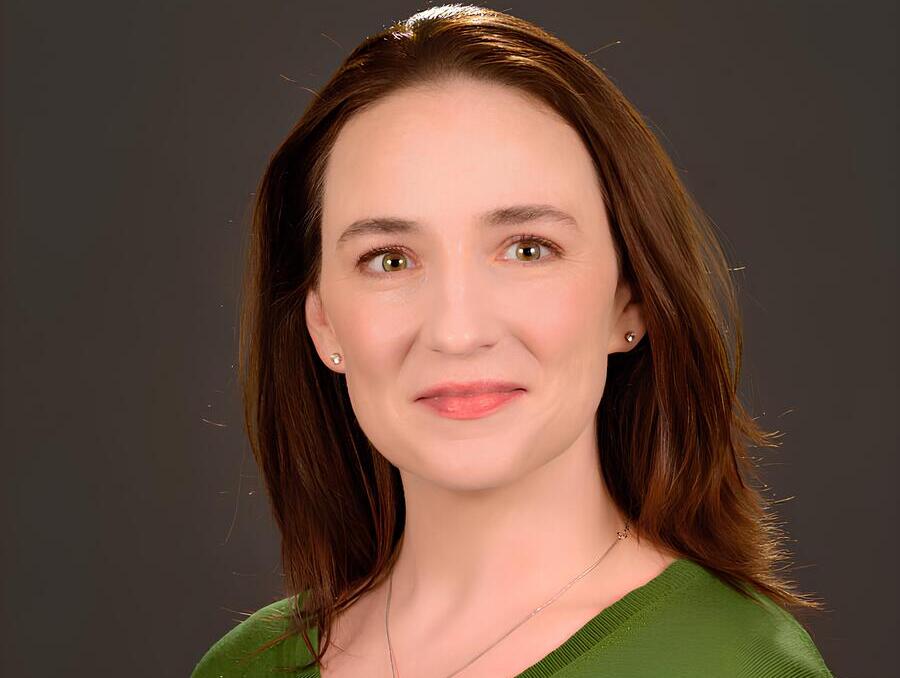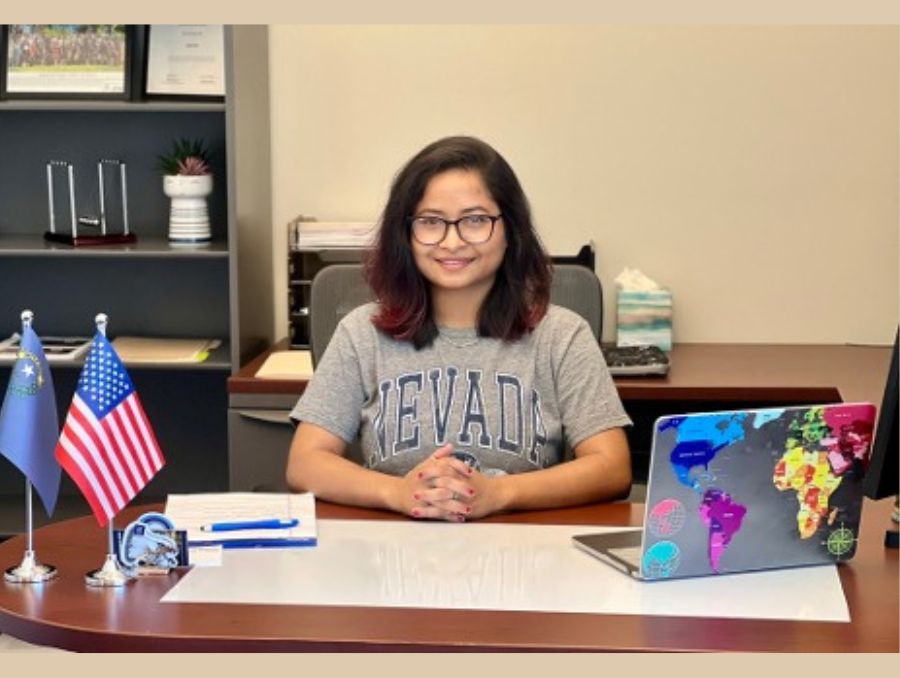Shamik Sengupta joined the faculty at the University of Nevada, Reno this fall as an assistant professor in the Department of Computer Science and Engineering. Prior to this, Sengupta was an assistant professor at City University of New York (John Jay College). He graduated with honors from Jadavpur University in India and received his Ph.D. degree from the University of Central Florida. He conducted post-doctoral research at the Stevens Institute of Technology and still collaborates with researchers there on the development of the protocols and platforms for the cognitive radio prototype.
Cognitive, or thinking, radios may sound like the stuff of science fiction, but research into their development is grounded in very real world applications.
Public safety first-responders — firefighters, police officers, and emergency medical operatives — all communicate using licensed radio bands. Because these bands are static and hardware enabled, groups of public safety responders are not able to communicate with each other across their assigned bands. Communication failures can lead to critical inefficiencies and confusion in emergency situations such as 9/11 and Hurricane Katrina.
In order to address this issue, the Federal Communications Commission (FCC), which assigns and monitors all civil society bands; the National Telecommunications and Information Administration (NTIA), which assigns and monitors all the public safety and military bands; the National Science Foundation (NSF); and the Defense Advanced Research Projects Agency (DARPA) decided that a new paradigm was needed that allowed radios to function in a flexible manner across frequencies. To achieve this, the concept of dynamic spectrum access was developed, allowing unlicensed radio networks to access licensed bands when they are not in use. This would open up the spectrum so radios could operate in different frequencies as needed.
Sengupta is working on the first generation of smart radios by developing software that will enable radios to learn from their environment. These next generation radios can be programmed to detect all the frequency bands within their range and are no longer subject to hardware limitations or statically assigned bands. All next generation radios will be software driven and will have cognition capability.
There are, of course, drawbacks and vulnerabilities to making the radios more powerful and more adaptable. Sengupta acknowledges that with cognitive radios the opportunity for attack and disruption of the communication bands is greatly increased.
"Given these new cognition capabilities how can emergency responders operate and survive in a world with greater chances of being attacked?" he asked. "We have to be able to predict the ways in which the radios will be attacked and we need to have contingency plans for how to respond when they are attacked."
In 2012, the National Science Foundation recognized Sengupta's research with a prestigious Faculty Early Career Development (CAREER) award. These awards are given "in support of junior faculty who exemplify the role of teacher-scholars through outstanding research, excellent education and the integration of education and research within the context of the mission of their organizations."
Sengupta's CAREER project involves trying to solve these security-related issues with the new type of cognitive radio. His CAREER research examines how cognitive radios operate under conditions of dynamic spectrum access, which allows unused licensed bands to be shared by secondary or unlicensed operators in an opportunistic manner and enables users to share frequencies.
In dealing with the security issue Sengupta's CAREER research tackles two central questions: how can we defend against attacks from malicious agents who break into the bands? Also how can we bypass an attack and move to a different band? Survivability and self-coexistence are the two key concepts. Radio operators need to learn how to both survive and co-exist with malicious agents who break into the bands.
Alongside researchers at the Stevens Institute of Technology, Sengupta has developed a cognitive radio prototype. The project, funded by the National Institute of Justice, investigated the implementation of cognitive radio protocols and platforms examining not only the design of the radios but also their use in the field. As result, Sengupta has successfully developed the first generation of cognitive radio. In trial runs, the prototype cognitive radios have been able to sense harmful interference, figure out a way to rendezvous, and have secured two-way communication in a new band.
Sengupta is applying interdisciplinary research methodologies based on game theory and stochastic learning to investigate the survivability of these networks. Game theory and evolutionary dynamics theory has been applied to software development for the cognitive radio networks. Sengupta has had a number of graduate students work in his lab as well as undergraduates and a high school summer intern. Perhaps most excitingly, in terms of future development in this new field, the educational model he is developing for his CAREER project will introduce wireless security into the curriculum.











